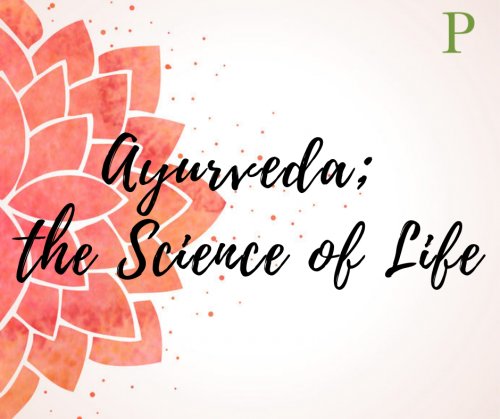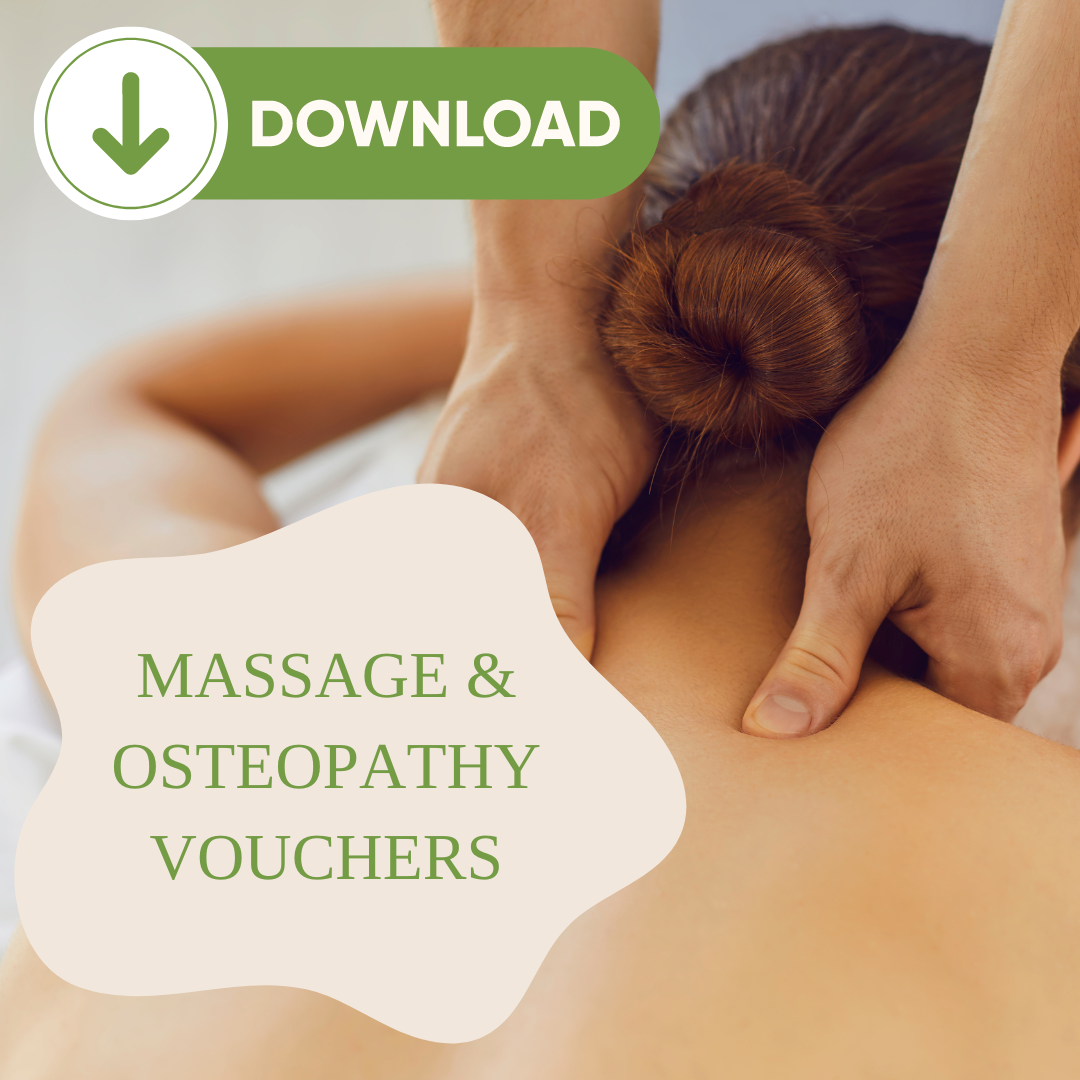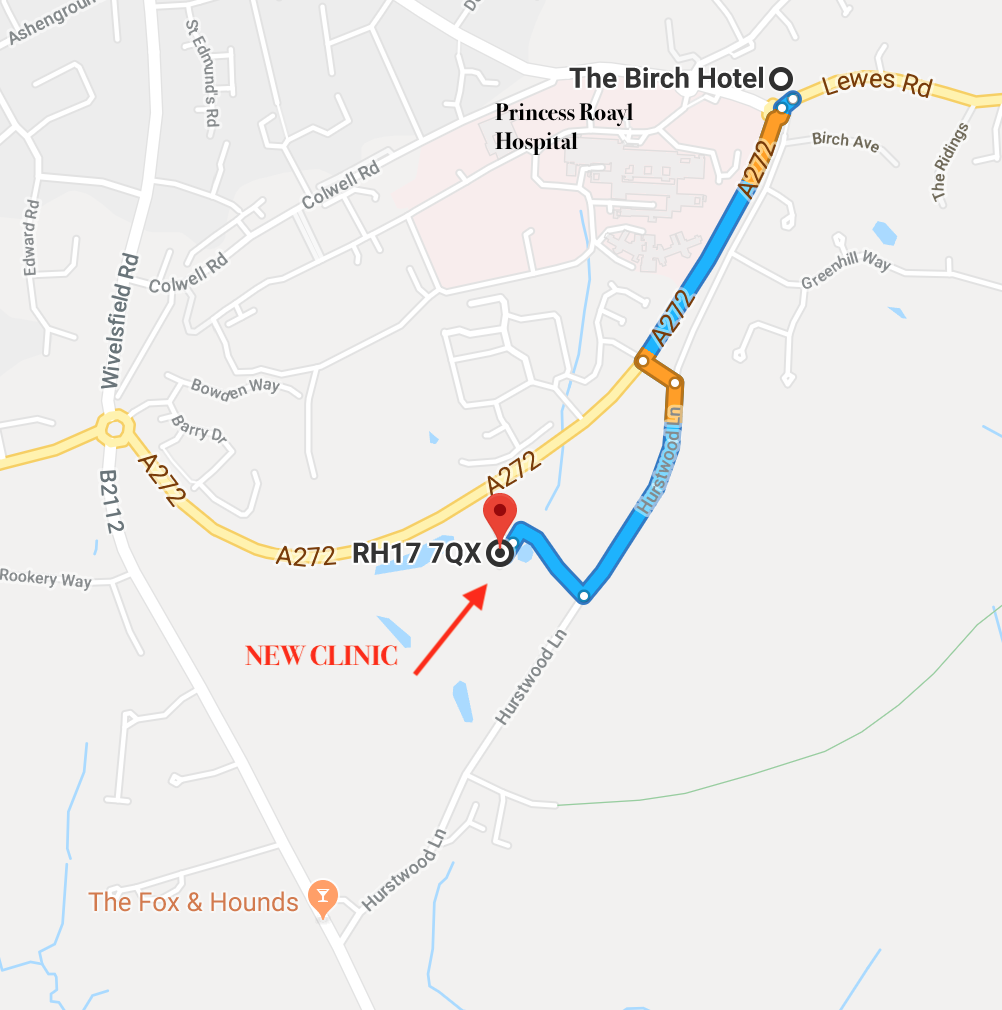“When diet is wrong, medicine is of no use; When diet is correct, medicine is of no use”
Since learning the very basics of ayurveda while on a yoga course in India, I have realised the depth this ancient Indian science actually goes to. On the surface, it can be whittled down to simply balancing our three main energies in order to work with nature and maintain health. The essence really is that simple. However, that is just scratching the surface, or even just scratching the sub-surface! This science is deep, it is intrinsic to health in a way the Western world is only recently slowly opening up to. Forget what you think you know about healthy nutrition, open your mind, grab a cuppa and tune into your common sense.
The truth is, you know the answers already. Your body and even more so, your mind understands its own nature better than anyone else. We get so drawn into a world of advertising, desires, tastes, sounds, smells and all things stimulating, it often becomes the case that we completely lose ourselves within it all. We forget who we are, what we actually like and don’t like. The subconscious advertising that seems to be constant these days, bombarding our beliefs to the point that eventually, we aren’t even sure we know what we know, we like what we like and most importantly we can’t remember how to connect with our own gut feelings. To utter the words ‘my gut tells me this is wrong’ seems to label you a mild hippie in some circles. But to have the guidance of your own body is hardly hippie, it’s human.
Ayurveda is from a time before all of this. When an ailment was clearly seen developing, bodily changes were more apparent and mental health disorders were obvious and unconnected to societal pressures in the way they can be these days. Of course, this also means ayurveda has had to adapt to the modern world. Which it has done very successfully, but the essence of the science remains the same. The balancing of foods and your lifestyle choices still has the same effect on your health as it would have done during the Vedic period. We are still made of the same stuff, as humans, and so the guidance ayurveda can offer, albeit adapted for our modern world, is highly relevant and current.
Ayurveda and the Tridosha Concept
The complexity of ayurveda is to its credit. Following an ayurvedic diet and lifestyle is not a fad, or a short-lived quick fix. It’s a lifelong journey of balance and understanding of self. The foundation for ayurveda is our individual dosha. It is the cornerstone for treatment and for understanding a persons Prakriti, their individual constitution from conception. It is sometimes referred to as the mind-body type. There are three dosha (elemental make-ups); Vata, Pitta, and Kapha. All of us have these three dosha within us, which are made up of five elements (fire, water, earth, air and ether), each with a dominant element themselves. The reason each of us is seen so individually in ayurveda is because we all have a completely different amount of each dosha to make us who we are. Some people will have an abundance of one dosha leaving the other two at much lower levels, heightening the element of said dosha in that person. Most of us have a main dosha and a second dosha close behind. On rare occasion, someone will have been dealt the hand of a tridoshic constitution. These people have the best of all three dosha when in balance, but of course, the worst of all three when out of balance. A tricky balancing act!
There is no best or worst when it comes to dosha types, we are what we are. The importance of understanding our constitution is to understand what we can do to maintain balance and therefore our health.
To ascertain a person’s prakriti there are various methods of examination we carry out as practitioners. This includes visual, tactile, olfactory and auditory assessments. We assess patients physical appearance, their skin to the touch, their hair, eyes and nails. We assess their speech, their focus to subject matter, their anxiety and overall mental state. We also ask about patients waste products, namely urine, stools, and sweat, great indicators of imbalances. We also look at and draw conclusions from the patient’s tongue and pulse. These last two as very specific to Ayurveda, and can reveal plenty to the practitioner. The study and understanding of tongue and especially pulse diagnosis can take many years to perfect, but in doing so the practitioner can really develop a depth of understanding to an individuals health, or disease, unobtainable to others.
Once the patient has been assessed it is then for the practitioner to work out which dosha is showing signs of imbalance. Sometimes two dosha may be showing signs of imbalance, but we always begin with the main symptoms/imbalance and work from there. This line of investigation continues into how and which of the seven dhatus have been affected. The dhatu, also known as the seven bodily constituents, are the basic tissue elements of the human body. The dhatus are each composed of the five elements (mahābutās), but as in the case of the dosha, one or two elements are predominant in each dhatu. This then leads to understanding the connection, and whether any āma, or toxins, have developed, and if so, where.
From here the story continues with food advice, lifestyle changes along with ayurveda herbs and concoctions to boost the body and mind in the right direction. Once progress begins, sometimes after only a few weeks, but sometimes maybe a couple of months, the herbs can be assessed and changed, as can the individual's food list (avoid and favour). As we become more balanced and disease eases, we do not necessarily have the same need for certain foods and herbal supplements, and can begin to introduce certain foods back should the individual wish to. The crux of ayurveda healing comes down to the Agni, the digestive fire. Our aim initially is to ensure the digestive fire is working at an optimal level. Not too strong, and certainly not too weak. Balancing the agni is of the highest importance.
Layla Justice is in the clinic on Wednesday afternoons from 1:30-6:00 pm. To book in with Layla, please click HERE.



